Startup Company Says It Is Very Close to Bringing the Woolly Mammoth Back to Life Using Elephant Cells
Between 10,000 and 20,000 years ago, giant woolly mammoths freely roamed the Earth. But about 4,000 years ago, they were gone.
Now, one biotech company believes that, with the help of elephant cells, it is incredibly close to reviving the extinct woolly mammoth.
What Are Woolly Mammoths?
Woolly mammoths were quite common about 10,000 years ago across what is now Asia, Europe, and North America. The behemoth animals stood anywhere from 8.8 to 11.5 feet tall and could weigh up to 8.2 tons.
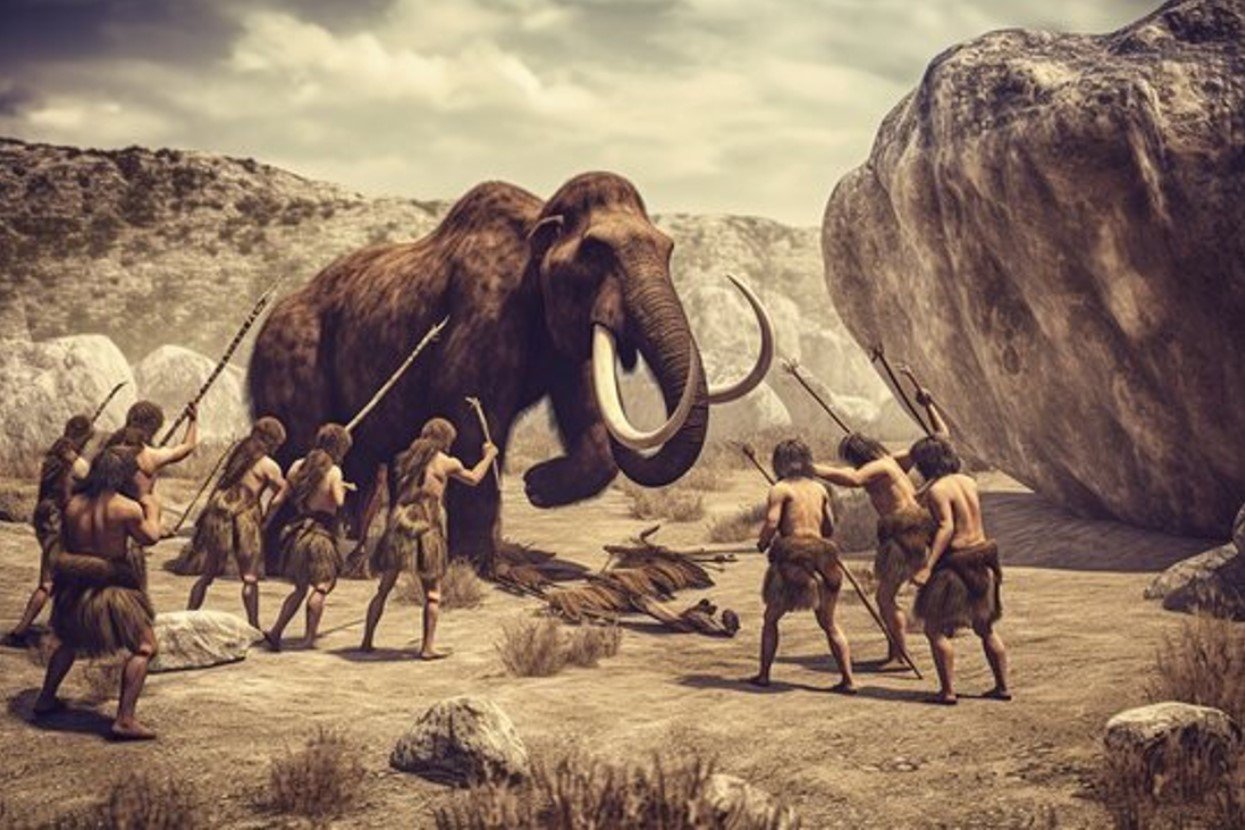
Source: Adobe Stock
Ancient humans hunted woolly mammoths to eat their meat, use their ivory tusks to make tools and art, and utilize the large bones for construction. However, because they were such useful animals, the overhunting of woolly mammoths led directly to their extinction some 4,000 years ago.
Were Woolly Mammoths Similar to Elephants?
Woolly mammoths were quite similar to today’s African elephants in many ways, including their size and genetic makeup.
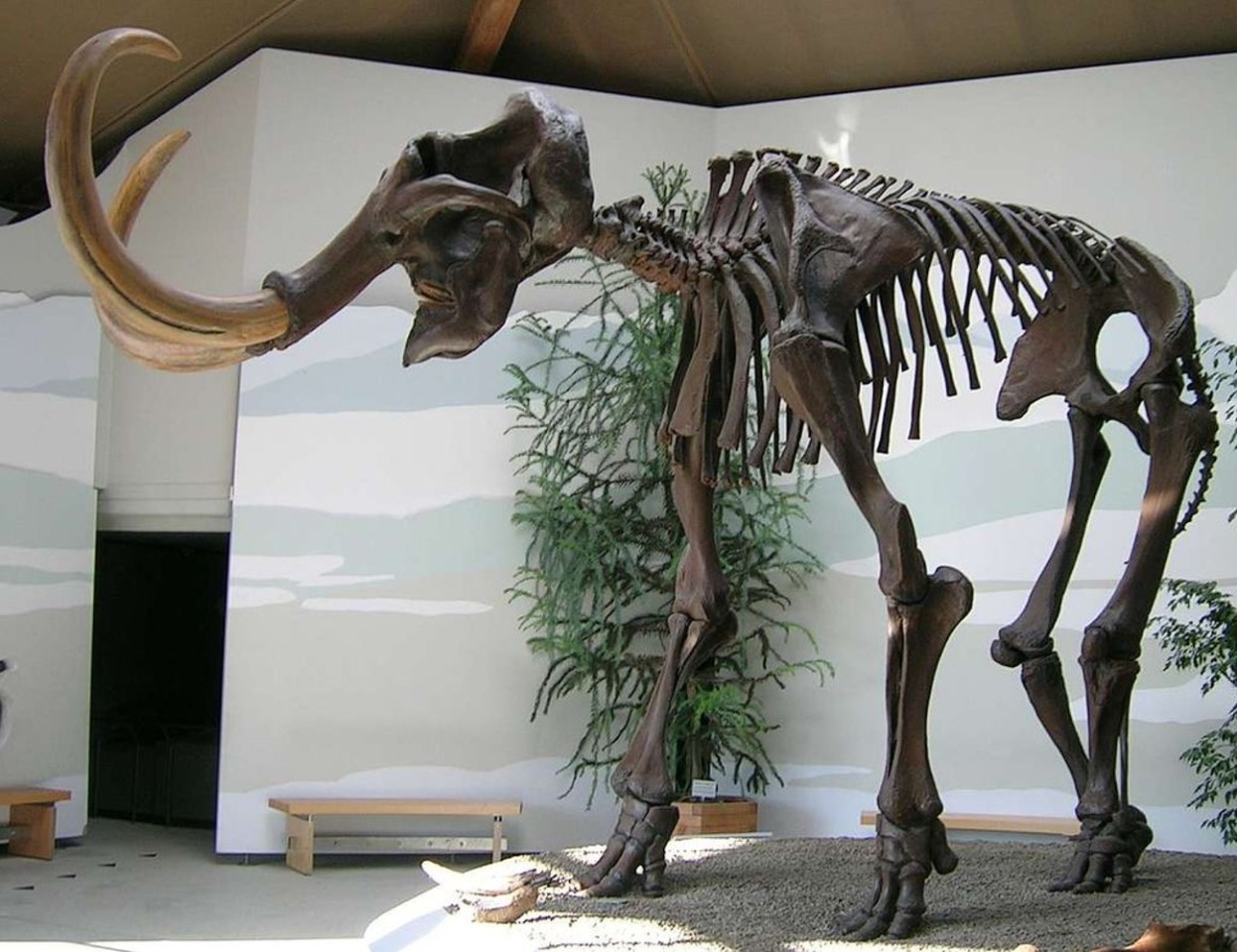
Source: Wikipedia
Because of these similarities, scientists have been working to create a woolly mammoth in a lab using the stem cells of African elephants. And one company recently announced that they are incredibly close to actually doing so.
Colossal Biosciences May Just Bring the Woolly Mammoth Back to Life
Colossal Biosciences is a genetic engineering and biotech company that has been tirelessly working in its labs to de-extinct the woolly mammoth.
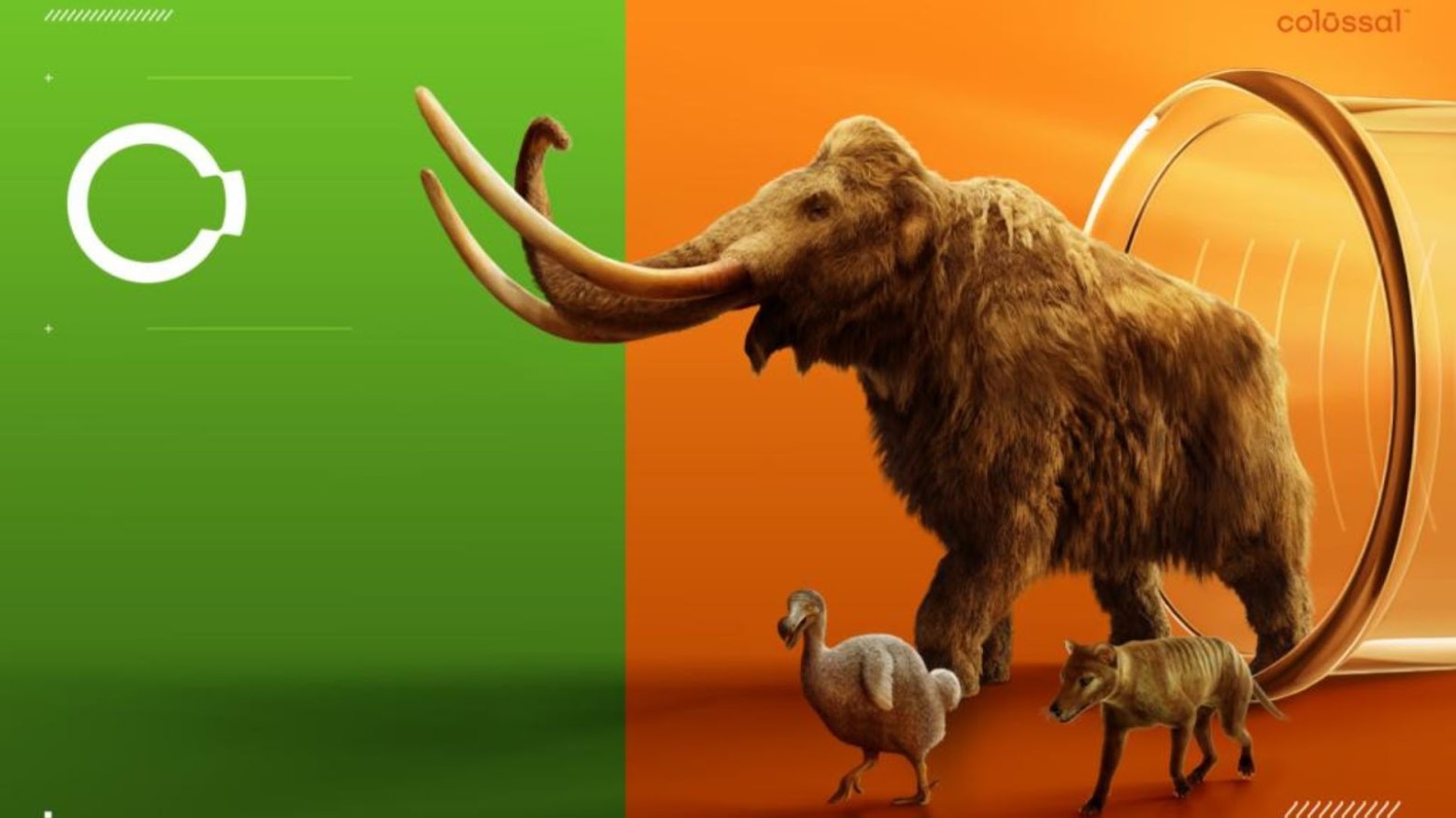
Source: Colossal Biosciences
Researchers within the company have been using the stem cells of elephants, with the addition of a complicated chemical solution, to reprogram the cells to mimic those of the extinct species.
Changing and Growing Cells in a Petri Dish
It’s wildly difficult for those who aren’t scientists to understand the nuances of this experiment. But essentially, scientists use stem cells because they are unique in that they can turn into almost any kind of cell, such as bones, organs, or hair, if they are properly instructed to do so.
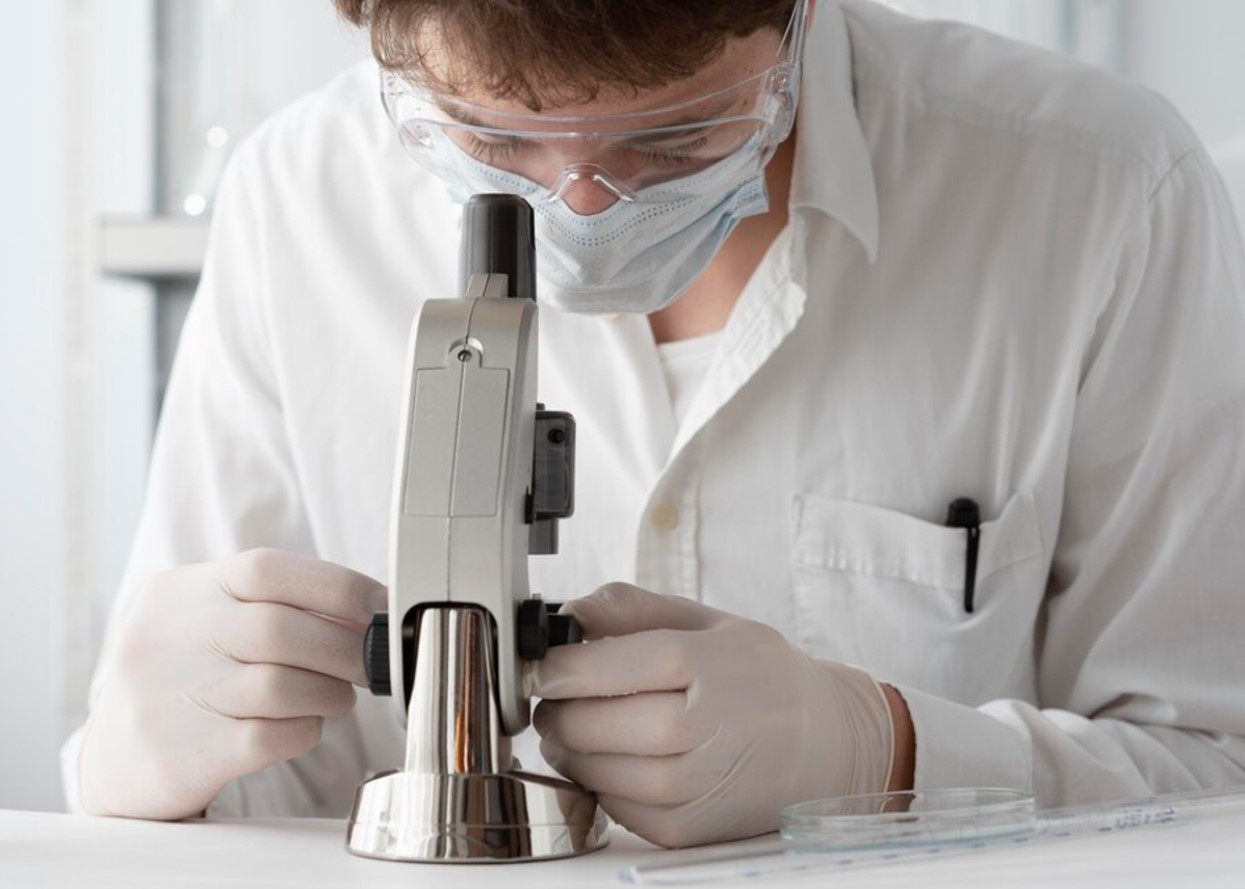
Source: Freepik
What’s also fantastic about stem cells is that once they have been converted into another kind of cell, scientists can actually reverse the process and make them stem cells once again.
Elephant Cells Are Exceptionally Difficult to Reprogram
Although scientists have experienced success in reprogramming stem cells in birds, big cats, monkeys, and even humans, they have struggled to do so with elephants.
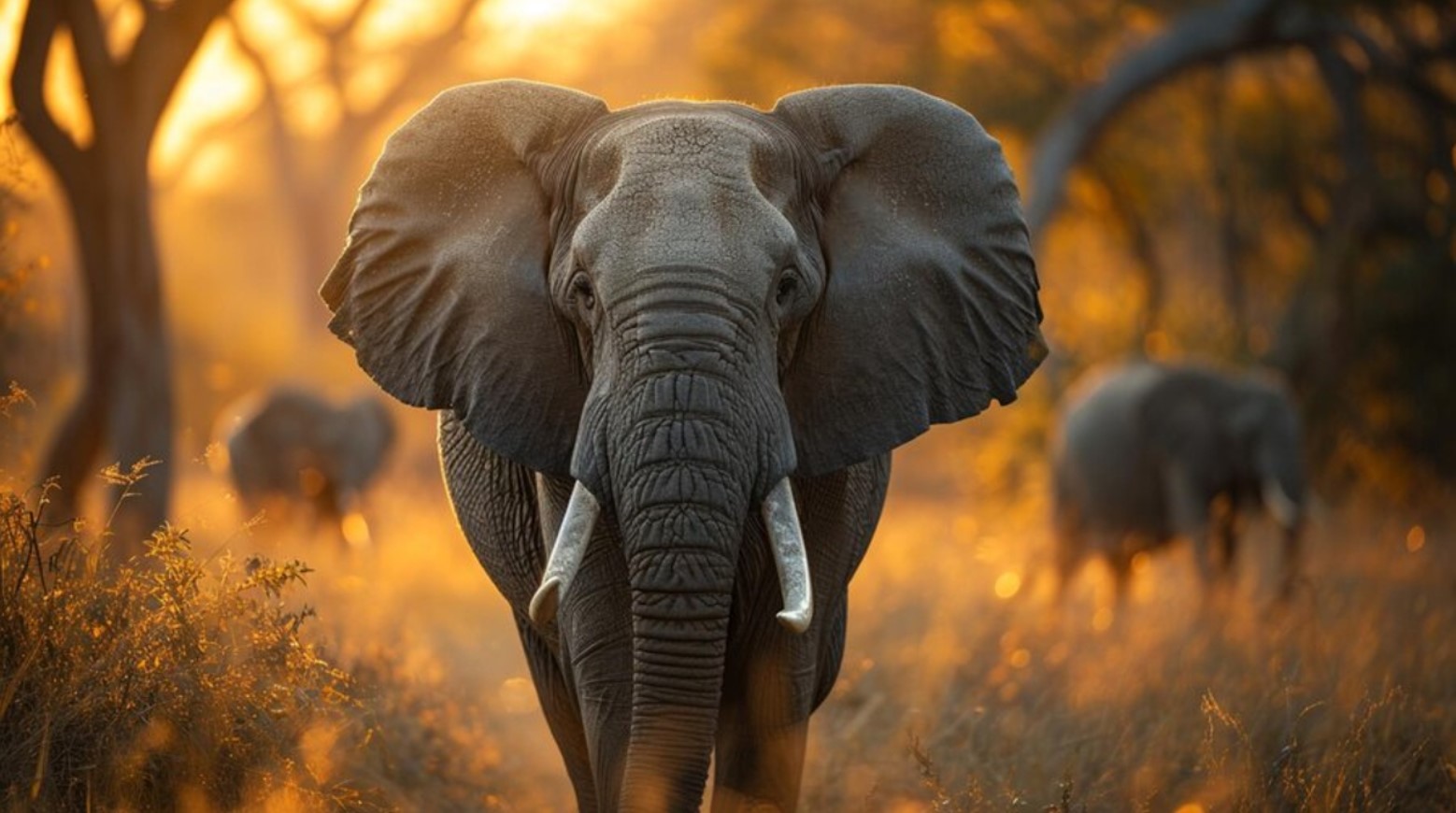
Source: Freepik
George Church, co-founder of Colossal Biosciences and Harvard geneticist, explained, “Elephants might get the ‘hardest to reprogram’ prize.” But Church and his team finally had a breakthrough.
Church and His Team Were Able to Grow Elephant Gametes in a Dish
While Church is running the woolly mammoth project, he has an amazing team of scientists working with him. And it was the team leader, Evan Appleton, who explained to the press, “We have developed to grow elephant gametes in a dish.”
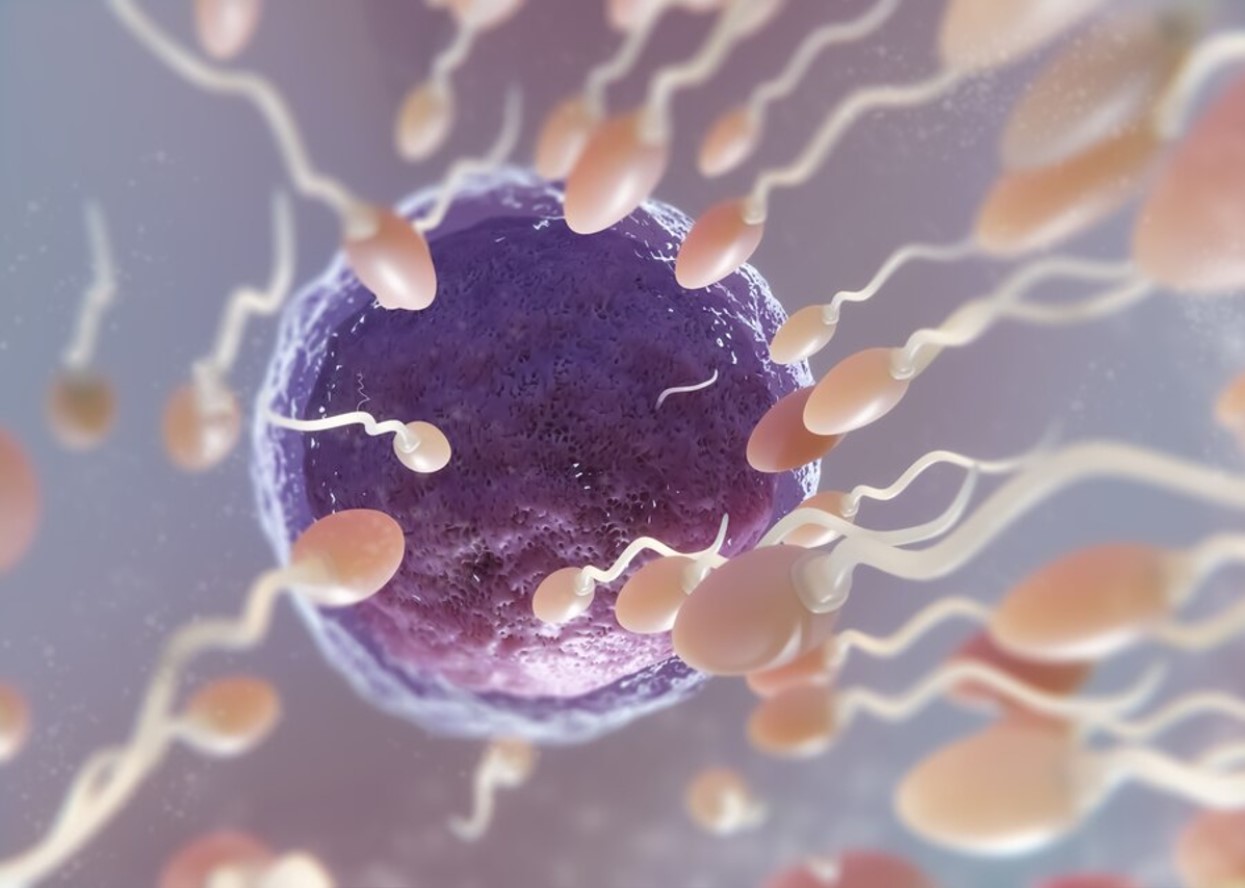
Source: Freepilk
Gametes are the reproductive cells of an animal. In females, they are known as the egg cells, and in males, the sperm. With this new development, Church and his team can literally create life without having to harvest the cells from live elephants.
Adjusting the Genetic Makeup of the Gametes to Make Woolly Mammoths
The next step in the process is to adjust the genetic makeup of the gametes of elephants to match those of the extinct woolly mammoth. According to Ben Lamm, co-founder and CEO of Colossal Biosciences, their team already has the technology to do so.
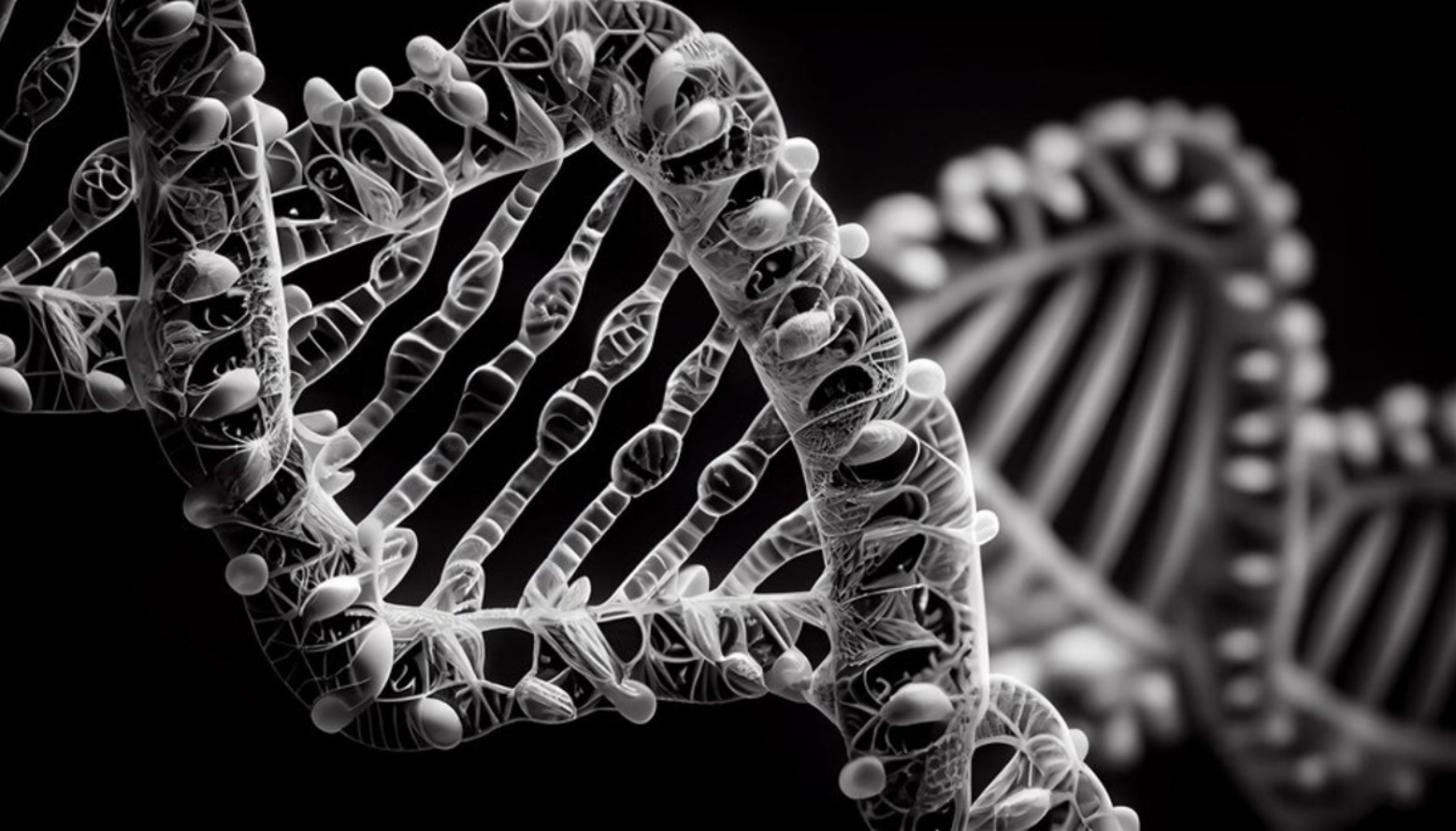
Source: Freepik
Lamm told the press that, “Each step brings us closer to our long-term goals of bringing back this iconic species” and that this breakthrough is “momentous.”
This Research Will Do More Than Just Bring Woolly Mammoths Back to Life
It’s important to note that the extensive and challenging research being conducted at Colossal Biosciences will do a lot more than just bring woolly mammoths back to life (though that’s certainly the most exciting aspect of the project.)
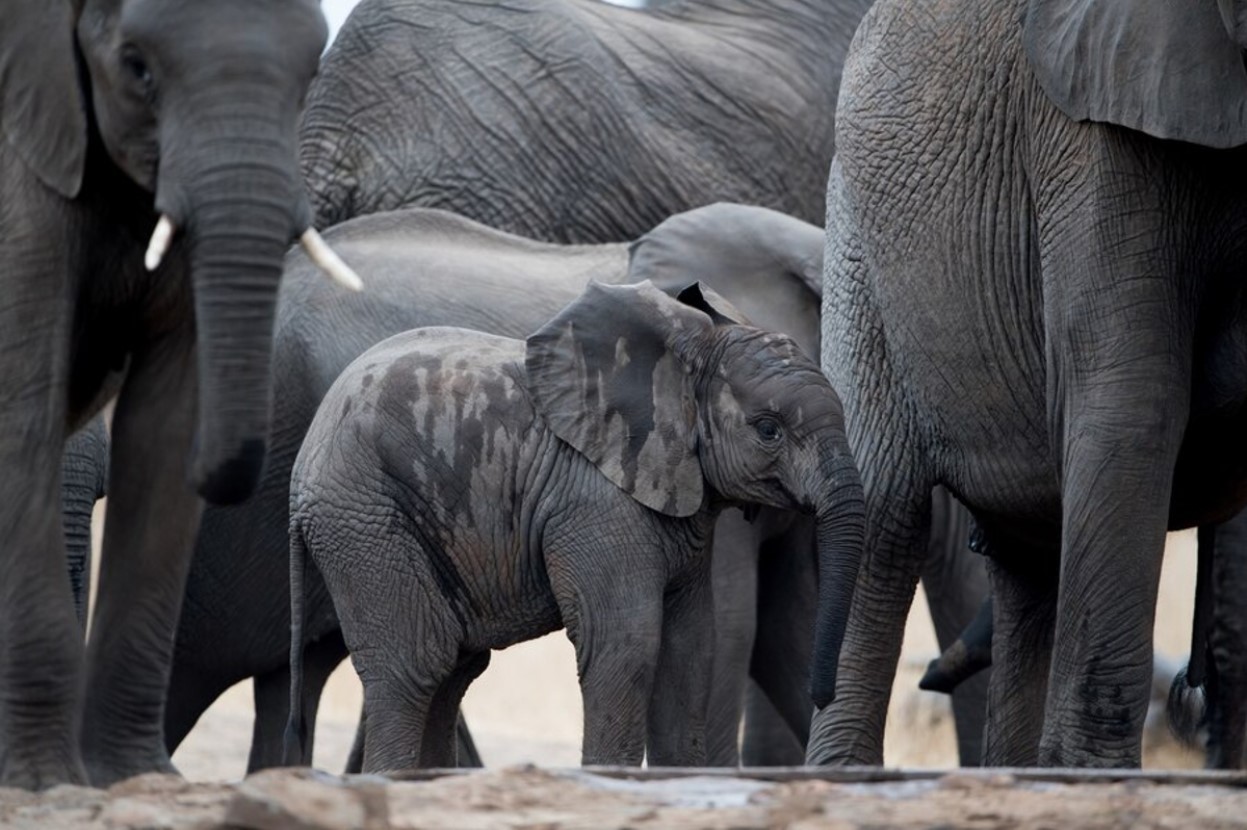
Source: Freepik
Eriona Hysolli from Colossal Biosciences told Live Science they are also excited about the prospect of understanding elephant gestation. She explained, “Elephant gestation is so long and complex, so really understanding the developmental biology aspect of elephant biology is so important.”
Colossal Biosciences Isn’t Stopping With Woolly Mammoths
In addition to studying the gametes and gestation of elephants to create a live wooly mammoth, Colossal Biosciences is also working to revive other ancient animals.

Source: Colossal Biosciences
They hope that once they’ve perfected this process, Dodo birds and the Tasmanian tiger will be next. Who knows? They may be able to bring every extinct animal back to life in the very near future!
They Hope to Reinstate These Animals in Their Natural Habitats
These scientists aren’t just hoping to create the cells of these ancient animals in a lab, but actually reinstate them all over the world in their natural habitats.
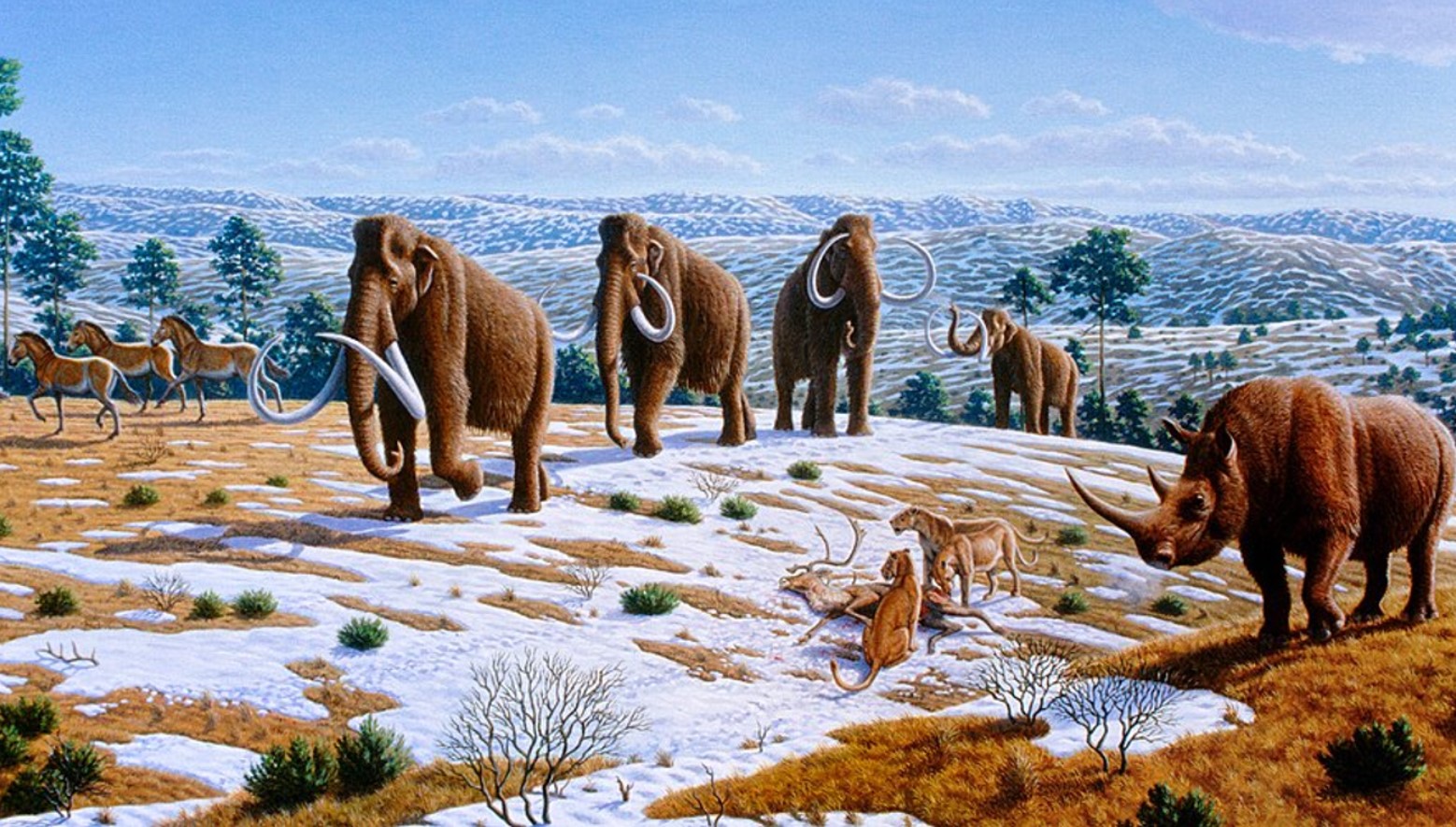
Source: Wikipedia
The idea is that these animals, which were once a vital part of the world’s ecosystem, will return a kind of equilibrium to the animal world. However, there is still some debate as to whether these animals will be able to thrive or even survive in today’s modern landscape.
When Will Woolly Mammoths Walk the Earth Again?
It’s unlikely that wooly mammoths will be wandering around the Arctic within the next few years.

Source: iStock
However, Colossal Biosciences believes that by 2028, they will have successfully created gametes of the extinct animal in a lab. This means that while it will certainly take some time before the animals mature and can safely be released into the wild, it may actually happen within the next generation.
